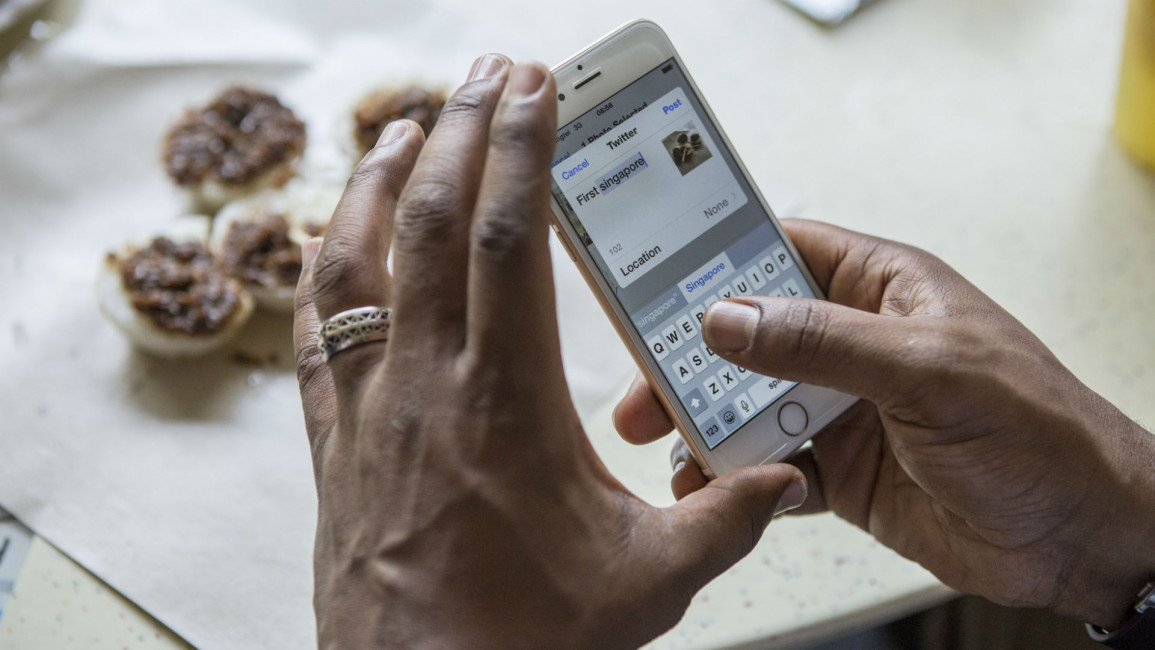
Khaleeji Social Media Influencers: the good, bad and botoxed
It is safe to say that in the Gulf, online influencers who are both active in society, and with a great following, run social media. This is a great example on how virtuality can extend into reality. This kind of power could easily be dubbed as the digital form of a magic spell; a tool that can be used to affect groups of people instantly and simultaneously. It is both a blessing and a curse to hold such power, as whatever they do or say may heavily shape the cultural perception of a society.
I would like to think of myself as an active social media user. I used to follow many social media influencers from all over the Gulf. From fashion bloggers to travel ones, I used to admire their flawless beauty and wish I could always look as on-point and Snap/Insta-agenic as they did. Until I came to an unfortunate realisation about one of my favourite social media celebrities: the lack of authenticity in her personality and the plasticity of her features.
She was not real - a pattern I slowly began to observe with almost all of the social media influencers. Their faces and bodies heavily altered to conform to industrial beauty standards, the perception of the magazine cover image that is fooling young girls to believe that in order to be beautiful, they need to be altered.
Unfortunately, this is where the normalised image of the khaleeji girl is heading towards within a few years; fillers, botox and a hyper-sexualised physical appearance in their shared selfies.
 |
Magazines cover images fool young girls to believe that in order to be beautiful, they need to be altered. |  |
Why have we, as a society, allowed for the normalisation of these images to become okay? We do not give a second thought to how our young girls and boys are registering what is now deemed appropriate, acceptable and respectful.
Without mentioning handles, I was extremely disappointed and outraged upon stumbling on an Instagram video of one of my favourite vloggers a while back, supposedly when social media was still a bit more conservative, in a tight body suit. She was filmed munching on a burger in a provocative manner for an advertisement. I unfollowed her immediately and asked myself; is this really the type of female representative media I want to aid in the popularisation and consumption of in my region?
At the end of the day, whatever we view, search for and double tap become the results of the social algorithms, and that makes us responsible for the normalisation of these images. Our girls are growing up to believe they need a full face of make-up to visit the grocery store, and going-out with a clean face an act of bravery!
Social psychologists who have studied the effect of images that have proven to show a women’s value only through alteration and sexualisation, have substantially increased in number through magazines in the past 25 years, and arguably even more on our handheld devices. The easy access to these images, whether subliminal or direct, exist on every imaginable app. Making it socially acceptable has resulted in a problematic slow, but evident extension from screen to reality.
 |
Girls are growing up to believe they need a full face of make-up to visit the grocery store, and going-out with a clean face an act of bravery |  |
Girls as young as fifteen years old have begun getting lip fillers, because the images they frequently see on social media has made them extremely uncomfortable with themselves. Boys are constantly exposed to overly unnatural/sexualised images of women, there are now instances where they mock modestly dressed, make-up free girls in restaurants and shopping malls.
We cannot continue to deny that the alteration of the face and body is slowing becoming the norm, a direct result of the constant flow of unrealistic ideals of beauty on social media.
It is not all bad and ugly though, there are wonderful social media influencers that cover a verity of fields such as travel, maternity related topics, and mental/physical health. A majority of them are great role models for the coming generation. They answer frequently asked question that many people fear to bring up in regular conversation and create a platform for productive dialogue. They inspire young khaleejis to be productive and make positive changes in their lives, which I believe is the best way to use the power of this tool.
As you read this, I urge you to beat the social algorithm and start controlling the images that pop up on your social media popular page by choosing your 'following' and 'likes' wisely. We have an obligation to create a healthy, culturally balanced, religiously appropriate and respectful social perception for our children and ourselves.
Fight the images and challenge the algorithm!




